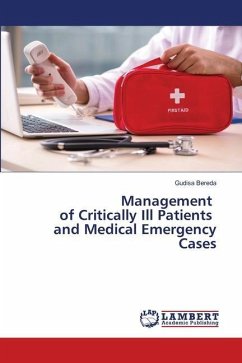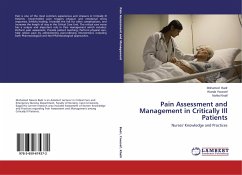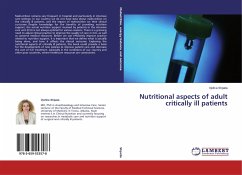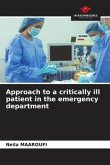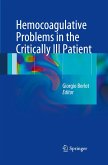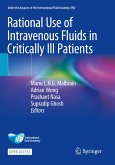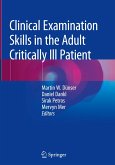Given that the SARS-CoV-2 infection led to severe hyperglycemia in some people that lingered for up to 3 years but disappeared in the majority, the virus may directly destroy pancreatic islets. Pregnant women with a history of type 1 diabetes mellitus are more likely to develop diabetic ketoacidosis, whereas those with type 2 diabetes mellitus are less likely to develop it. An acute and severe increase in blood pressure that is linked to target organ damage is referred to as a "hypertensive emergency. Because of increased blood pressure, a blood vessel that supplies the nasal mucosa may rupture. It's probable that the blood vessels in the nose are more vulnerable to damage and more likely to bleed as a result of high blood pressure because it affects blood vessels. Young children, workers in the manufacturing industry, and farmworkers are the populations most at risk for poisoning. All absorption routes, including respiratory, gastrointestinal, ocular, and cutaneous, enable the quick absorption of these herbicides. A faster onset of symptoms follows inhalation. Oral ingestion is the most common method by which organophosphate poisoning in children occurs.

